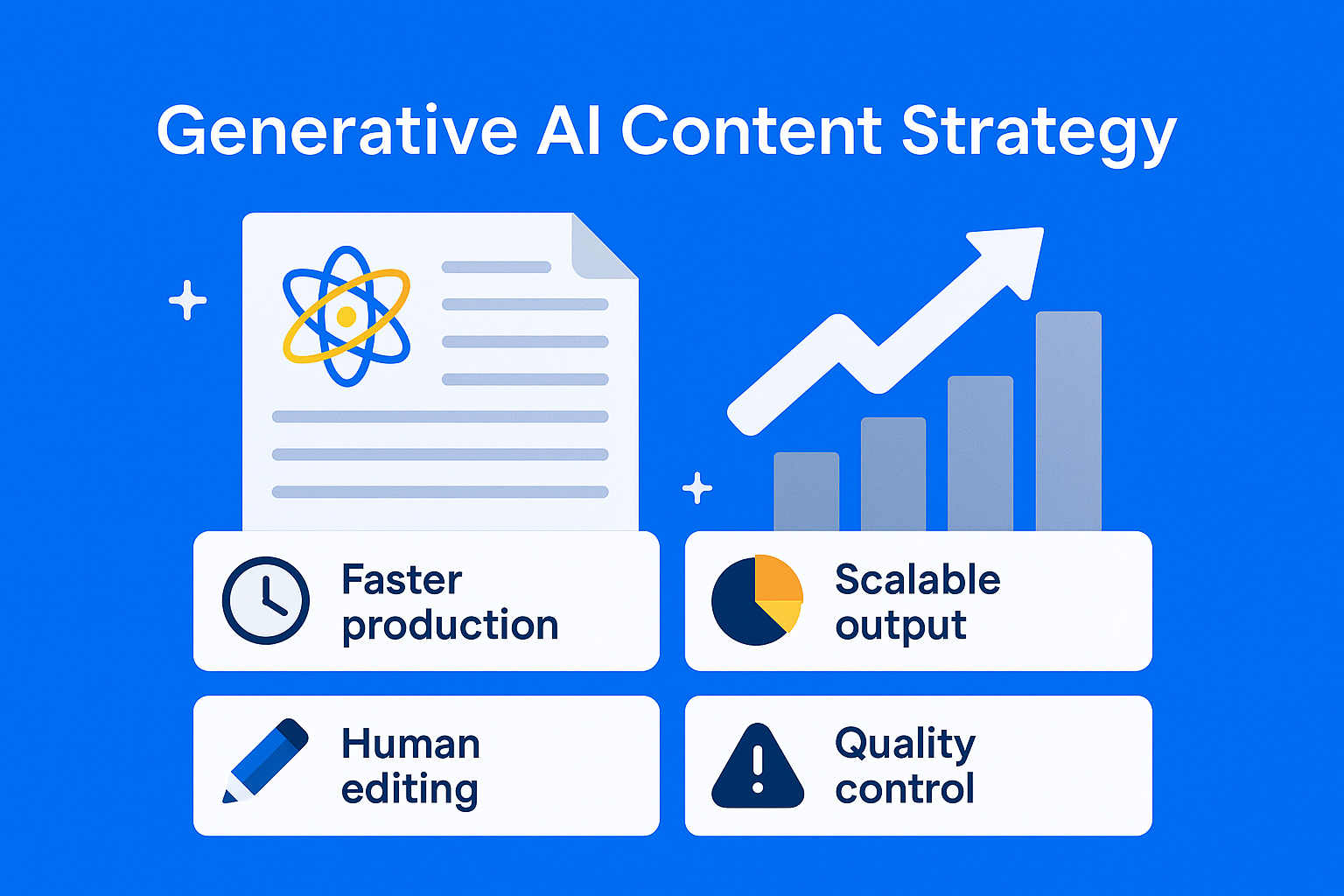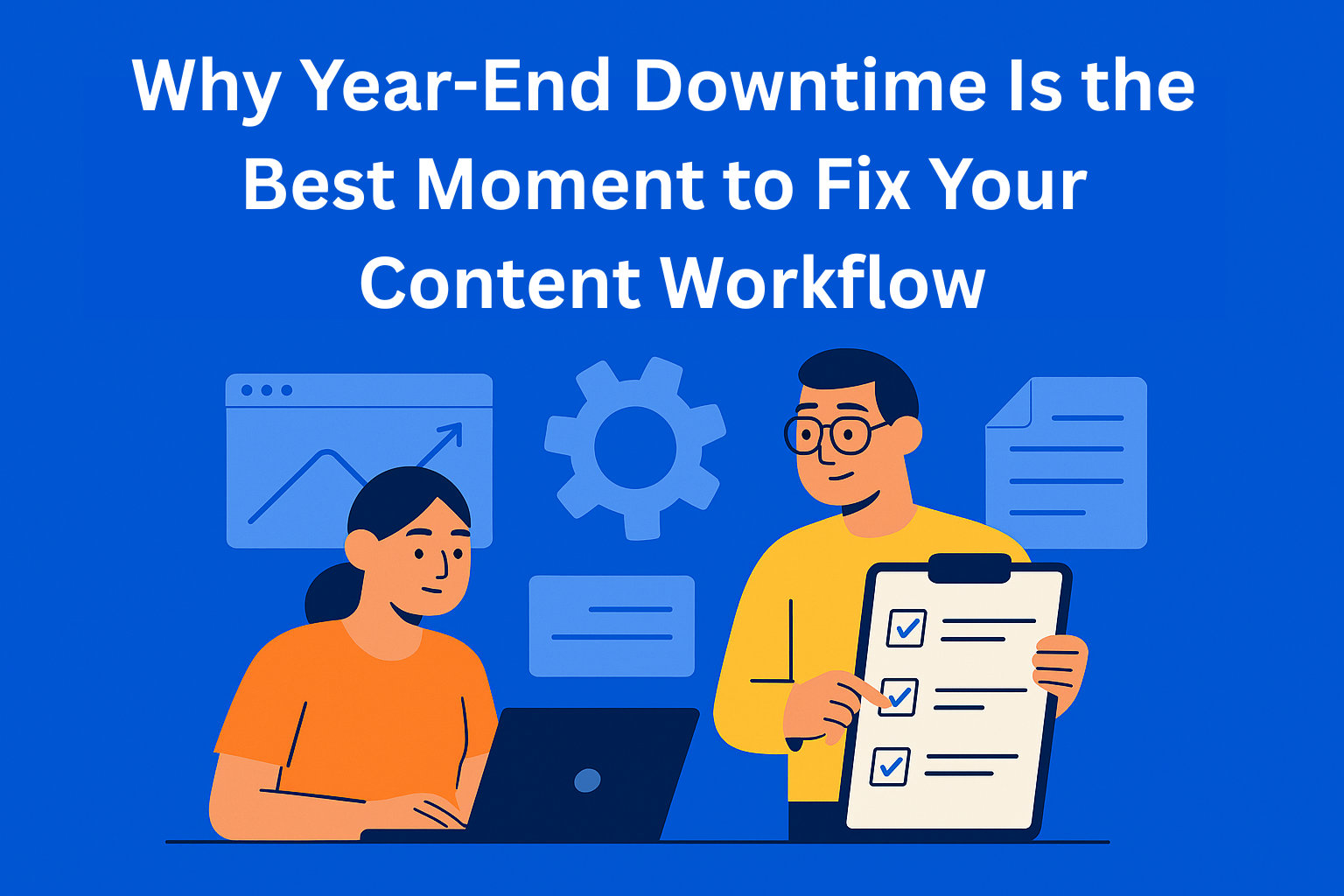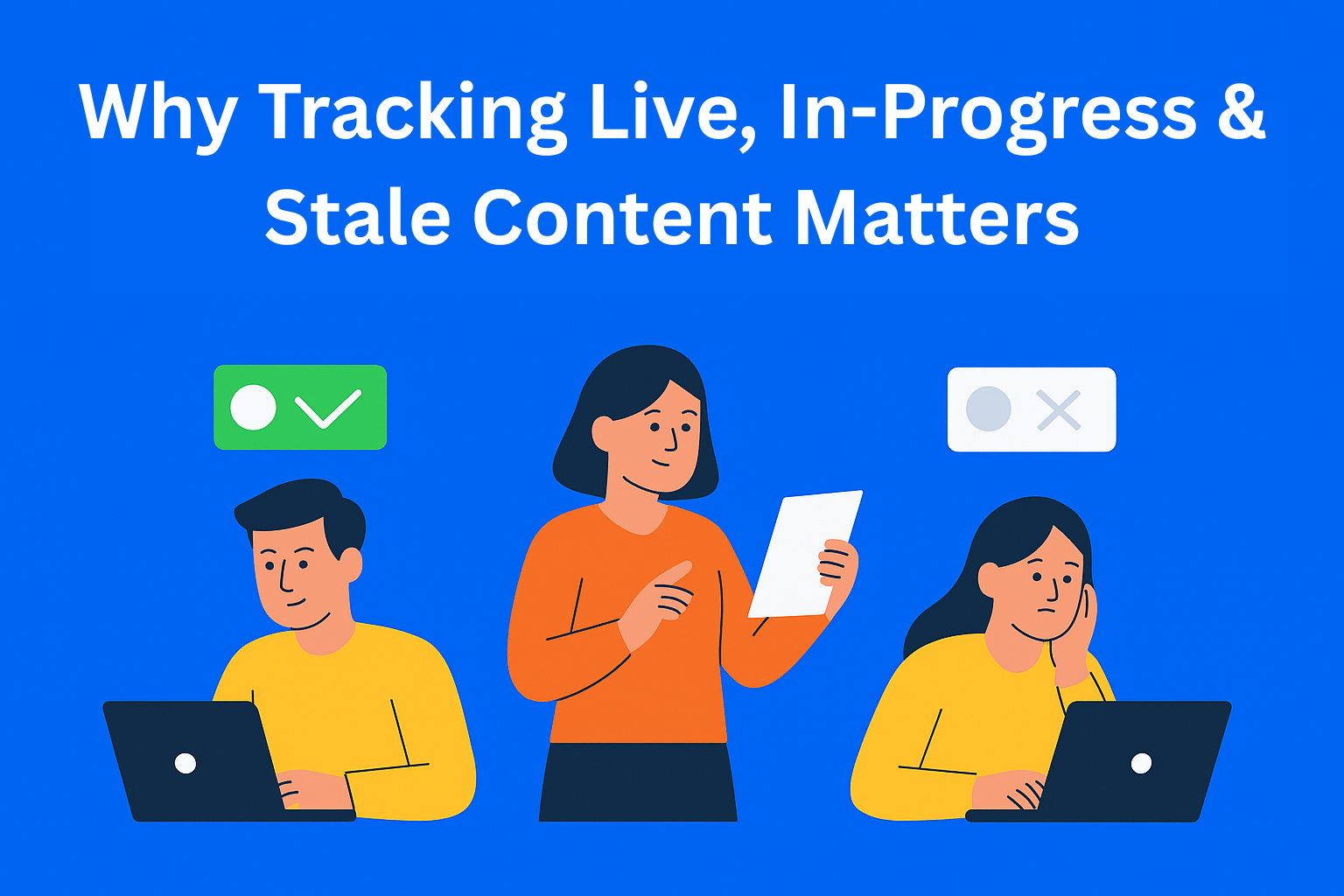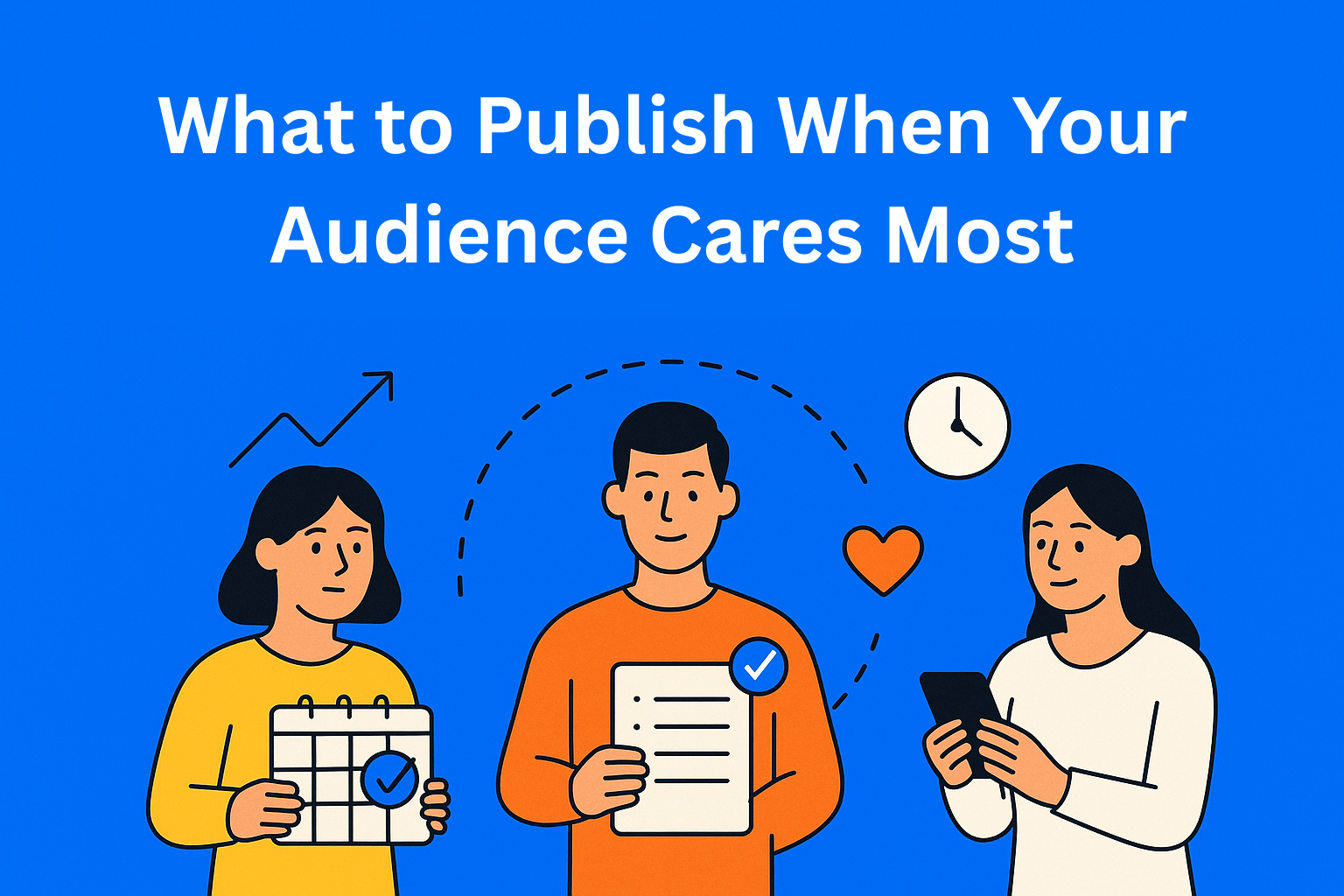Why Generative AI Is the Next Big Shift in Content Strategy
GenAI is changing the game in content creation – bringing speed and scale, but requiring solid control. With the right tools and human oversight, teams can create better content, faster and easier, without losing creativity or consistency.

There’s no denying it, we’re living in the middle of an AI boom. And while some people are still trying to figure out how to get ChatGPT to write a halfway decent love letter, content teams across the globe are already knee-deep in workflows powered by Generative AI (GenAI). From blog posts to product descriptions and campaign briefs, GenAI is transforming how we think about content strategy.
But with great power comes... well, a learning curve.
In this post, we’ll explore how GenAI is reshaping the content world, what that means for traditional strategies, and how platforms like EasyContent fit into this new era of creativity and efficiency.
Key Takeaways
- GenAI is transforming content strategy with faster, scalable creation.
- Traditional planning is shifting towards AI-assisted workflows.
- Human oversight ensures quality, accuracy, and brand consistency.
- Teams need tools like EasyContent to manage AI-generated content.
- Structure + GenAI = smarter, more efficient work without chaos.
The AI Boom in Content Creation
GenAI tools like GPT-4, Jasper, and Claude have gone from novel to necessary almost overnight. In just a few years, what started as a fun experiment in auto-generating social captions has evolved into a legitimate tool for producing entire content campaigns.
Why? Because they’re fast, flexible, and (usually) coherent. You can draft an article in minutes instead of hours. You can generate 20 email subject lines with a single prompt. You can even produce summaries, meta descriptions, and alternate versions on the fly.
It’s no surprise that marketing teams, content managers, and editorial leads are taking notice. The ability to generate large volumes of content in a short time is a dream come true, at least on paper.
But what happens to the old way of doing things?
Old Strategy vs. AI-Driven Strategy
Traditional content strategy involved:
- Long planning cycles
- Multiple stakeholders
- Extensive rounds of writing and editing
- Manual approvals, publishing, and reporting
AI-driven content strategy looks more like:
- Rapid ideation and generation with GenAI
- Human oversight and editing
- Shorter feedback loops
- Focus on optimization and iteration over perfection
It’s not that AI replaces strategy it just changes its shape.
Instead of spending weeks crafting the perfect blog post, teams can generate several variations in a day and test which one resonates best. Instead of burning out your writers with repetitive content types (hello, product pages), AI can do the bulk lifting while your people focus on higher-level storytelling and strategy.
But that shift comes with new challenges.
The Biggest Differences: Speed, Scale, and Skill
- Speed: GenAI massively accelerates content production. What once took days now takes minutes.
- Scale: You can create more content, faster, across multiple channels. Personalization becomes far more feasible.
- Skill: Instead of purely writing, teams are now curating, refining, and guiding AI outputs. Prompt writing becomes a new literacy.
And here's a plot twist: even with all that power, the need for quality control has never been higher.
AI can hallucinate (literally). It can misunderstand tone. It can cite sources that don’t exist or say things that sound polished but are totally off-brand.
This is where humans come in.
Why You Should Embrace It (With Caution)
Let’s be real GenAI is not going away. If you ignore it, you risk falling behind competitors who are using it to move faster and work smarter. But diving in headfirst without a plan? That’s just trading one set of problems for another.
Here’s why it’s worth embracing:
- Efficiency: AI helps you scale content operations without ballooning your team.
- Creativity: It sparks new ideas and drafts rough versions that your team can refine.
- Cost-effectiveness: Reduces production time, freeing up budget for distribution and strategy.
But, and it’s a big but, you need the right systems in place. That’s where platforms like EasyContent come into play.
How EasyContent Fits into the Picture
GenAI can help you create content. But it can’t run your content process.
That’s where EasyContent shines. Think of it as the operational side of your AI-powered content engine:
- Editorial workflows keep your team aligned on what needs to be created, reviewed, and published.
- Customizable approval chains ensure that AI-generated content gets a human stamp of approval before going live.
- Collaboration tools make it easy for writers, editors, and stakeholders to comment, revise, and finalize.
- Templates can incorporate AI outputs while maintaining brand consistency.
In short: GenAI is the content muscle. EasyContent is the brain and nervous system.
Final Thoughts
GenAI isn’t here to take your job. It’s here to take your job further. When combined with human judgment and a solid process, it becomes a powerful co-creator that can elevate your entire content strategy.
So don’t fear the robots. Just make sure you’ve got the right humans (and the right platform) in place to keep them in line.






